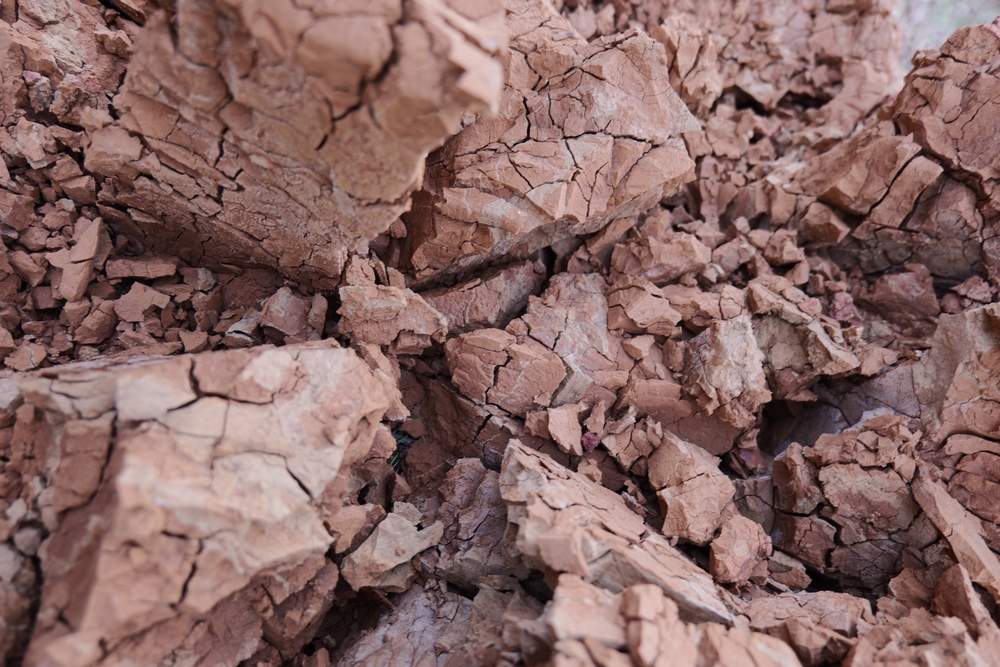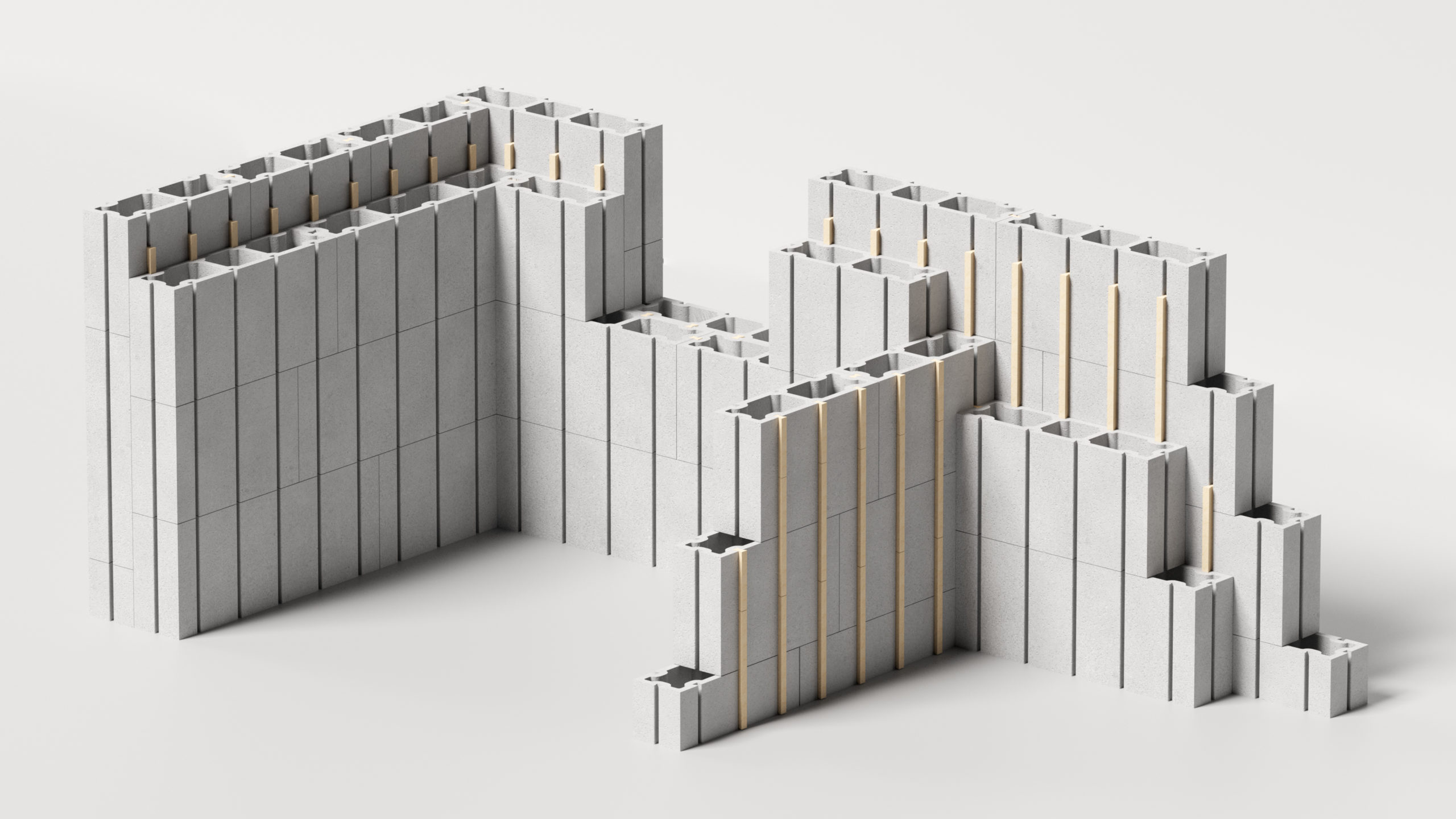Factsheet and webinar – How SCMs can help make low-carbon cement and concrete a reality

Traditional clinker is the main culprit of cement emissions, accounting for over 90% of its footprint. Even though ample solutions are ready to be scaled up, the use of clinker in cement is virtually unchanged in Europe. And globally, the share of clinker is on the rise. However, the tides are turning.
The urgent need to decarbonise cement and concrete production combined with growing research and development has already resulted in breakthrough solutions to reduce the amount of traditional clinker. Supplementary cementitious materials (SCMs) are one of those solutions. By combining different SCMs, more options to reduce traditional clinker usage have become available and are gaining global traction.
This is why our Alliance hosted a deep dive into SCMs and their potential, which saw 60+ participants from across the value chain. We were pleased to welcome Prof. Dr. Ruben Snellings (KU Leuven), who guided us through the vairous existing and emerging SCMs – from biomass ashes to recycled glass.
Did you miss it or want to look back? The full recording is available below.
Want to have all the key information at your fingertips? Our factsheet provides an overview of SCMs, including their potential to massively reduce emissions and how policies can promote their rapid uptake.


